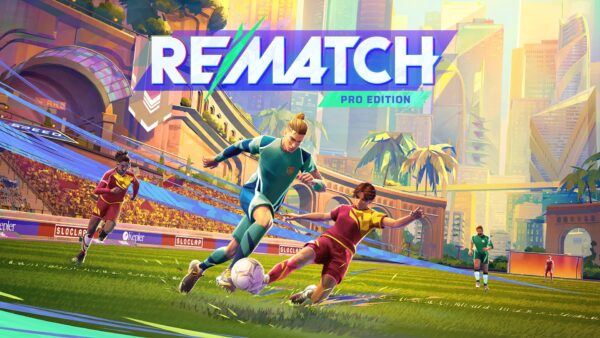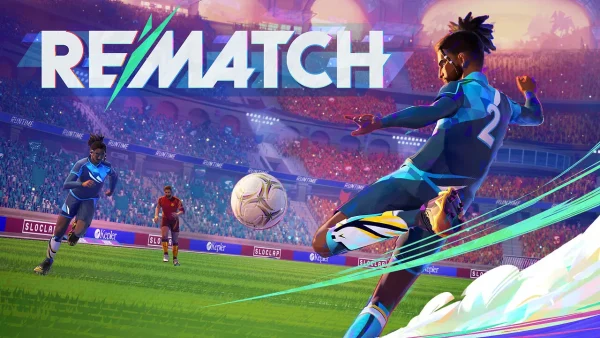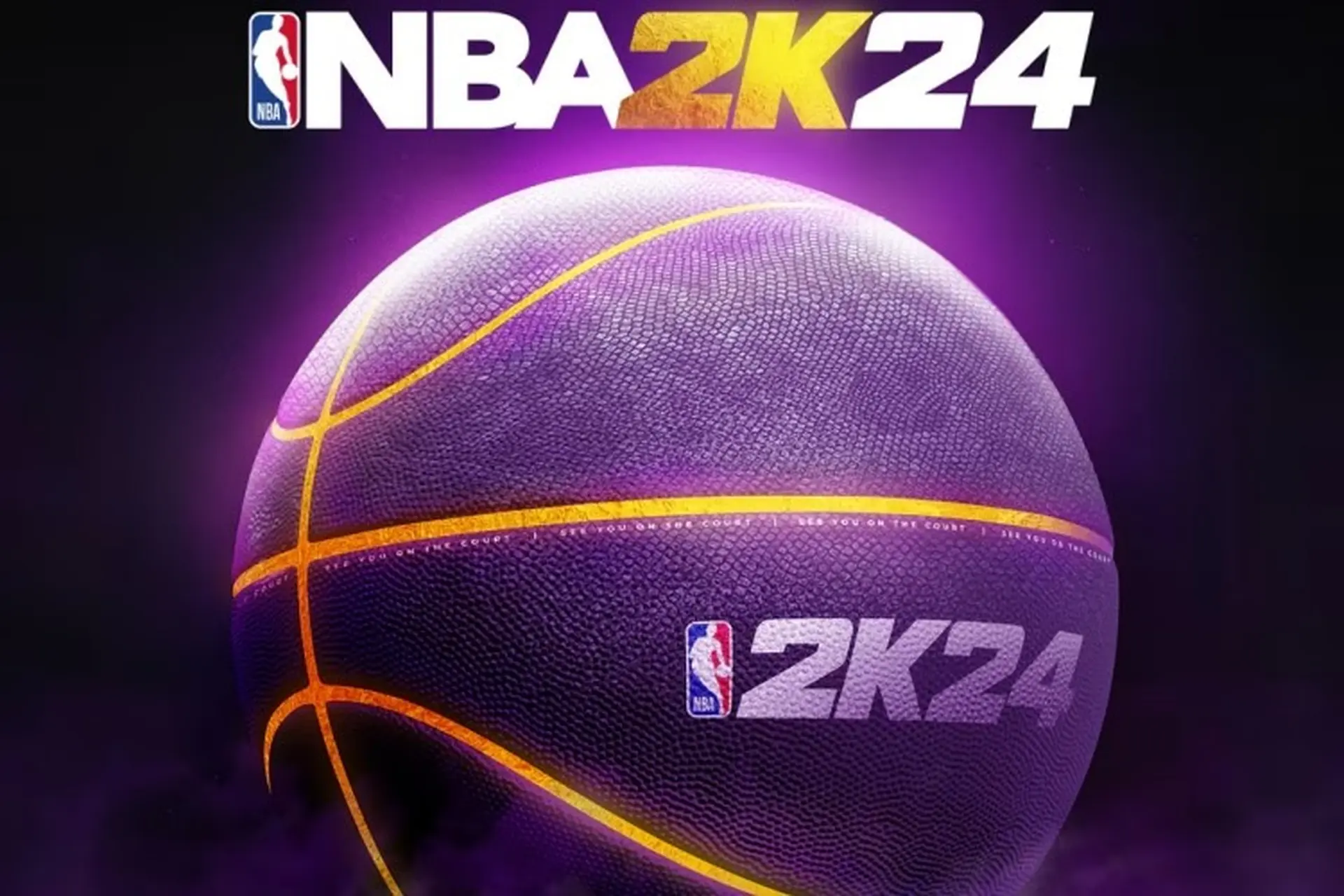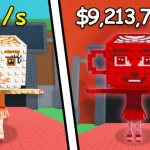Popular Now
Introduction
Since its explosive debut, REMATCH has positioned itself as one of the most competitive and fast-paced 1v1 arena fighters in the mobile and PC gaming space. With fluid mechanics, stylish character design, and lightning-quick combat, the game has attracted a broad player base ranging from casual fans to hardcore esports enthusiasts. However, as of 2025, REMATCH faces a growing challenge that threatens its competitive integrity and player retention: matchmaking imbalance in ranked play.
Players consistently report mismatched skill levels, questionable point deductions, and a ranking system that seems more random than reflective. This article delves deeply into the matchmaking issue, examining its origins, effects on gameplay and morale, and the community’s desperate call for reform.
1. Understanding the Matchmaking System in REMATCH
Before tackling the imbalance, we must first understand how the matchmaking system in REMATCH is designed to function. The game employs a ladder-based system with visible ranks, from Bronze to Elite, and uses a hidden MMR (Matchmaking Rating) behind the scenes.
H3: Visible Rank vs. Hidden MMR
Players are matched not only based on their public rank but also on their performance trends and win-loss ratios. This dual system is supposed to make matches fairer—but it often fails due to poor calibration, especially during rank resets or seasonal transitions.
H4: A System Meant to Adapt
The idea is to match players of similar skill levels, even if their displayed ranks differ slightly. However, the current system often pairs new players with veterans or underestimates streaking beginners, creating wild imbalances.

2. The Rise of Mismatched Battles
In 2025, reports of mismatched ranked matches are rampant. It’s not uncommon for high-Platinum players to be matched with low-Silver opponents due to MMR anomalies.
H3: Skill Gap Disasters
Such matches lead to predictable, one-sided stomps. The lower-ranked player gains little experience or enjoyment, while the higher-ranked player receives minimal progress.
H4: Poor Matchmaking Outcomes
-
Silver player faces top 100 leaderboard competitor.
-
10-game losing streak rewarded with match against an undefeated opponent.
-
Win streak punished by matching with players several tiers higher.
These outcomes undermine trust in the ranking system.
3. The Psychological Cost of Inconsistent Matches
The effect of poor matchmaking goes beyond frustration—it damages player morale and emotional investment.
H3: Loss of Competitive Motivation
Players thrive on progress. When they feel stuck in cycles of unfair matches, their incentive to improve or invest emotionally in the game diminishes.
H4: Burnout and Rage Quits
A common player pattern:
-
Two fair matches
-
One mismatch loss
-
One rage-quit due to unfair team comp
-
One uninstall
This cycle has become increasingly common in forums and Discord groups.
4. Smurf Accounts and Their Role in Matchmaking Chaos
Smurfing—when experienced players use low-level accounts—continues to plague REMATCH, especially during ranked resets or seasonal climbs.
H3: Smurfs Skewing MMR
Smurfs crush lower-ranked players, creating skewed MMR data and causing the system to wrongly assume some players are higher-skilled than they are.
H4: Collateral Damage
This leads to:
-
Beginners being “over-promoted” early on
-
Mid-level players facing elite opponents unexpectedly
-
Widespread confusion about what constitutes “real” rank

5. Ranked Point (RP) Loss Inconsistencies
One of the most cited frustrations is the unpredictability of RP gain and loss. Players often lose more points for a fair loss than they gain from a hard-fought win.
H3: Win Big, Gain Little – Lose Slightly, Drop Massively
Examples from the community:
-
Winning a tight match = +5 RP
-
Losing to a player one tier higher = –19 RP
H4: MMR Mismatch Penalties
The system penalizes players for losing to “lower-ranked” opponents, but MMR fails to reflect actual skill disparity, leading to misleading results.
6. Seasonal Resets and the Ranking Chaos
Each new ranked season brings a partial rank reset, meant to shake up the leaderboard and offer new opportunities. But in practice, it creates temporary matchmaking chaos.
H3: Recalibration Gone Wrong
Players who finished last season in Elite may start again in Gold and steamroll their way back up, leaving destruction in their wake for lower-tier players.
H4: 2 Weeks of Imbalance
The first 2–3 weeks of every new season become unplayable for average players. It’s a cycle that the dev team has failed to address meaningfully.
7. Character Matchup Imbalance in Ranked Pairings
Another layer to matchmaking dysfunction comes from poor synergy between characters. The game’s current system matches players randomly without accounting for matchup balance.
H3: Paper vs. Rock vs. Scissors
Some characters hard-counter others. A lower-skilled player using a hard-counter character can defeat a better player due to matchup advantage alone.
H4: Lack of Character Filtering
-
No ban system
-
No character tier-based matchmaking
-
No dynamic character rating system in ranked
This results in character abuse at certain ranks, particularly when new OP characters are introduced.

8. The Impact on Ranked Rewards and Leaderboard Integrity
In REMATCH, ranked rewards include cosmetics, exclusive characters, and currency. But due to matchmaking flaws, many feel that these rewards are not earned fairly.
H3: Leaderboards Tainted by Exploits
Players use:
-
Smurf accounts to manipulate matches
-
Win-trading with friends in low-population queues
-
Abusing OP characters post-update before balance patches
H4: Fair Play Undermined
Legit players lose motivation when they see others gaming the system to climb. This erodes the integrity of ranked rewards and long-term goals.
9. Community Outcry and Developer Silence
The community has not been quiet. Reddit threads, TikTok commentary, and YouTube reviews consistently call out the flaws in ranked matchmaking.
H3: Suggestions Ignored
Players have proposed:
-
Soft caps on RP gains/losses
-
Smurf detection systems
-
MMR recalibration every 30 matches
-
Dynamic matchmaking pools
H4: Developers’ Vague Responses
The dev team often responds with blanket statements like “we are monitoring ranked balance” or “more data is needed,” without concrete updates.
10. Path to a Balanced Future: What REMATCH Can Do Now
REMATCH still has the foundation to be a top-tier competitive game. But the matchmaking system must evolve urgently to retain its player base.
H3: Implementing Smart MMR
-
Use weighted performance metrics (accuracy, dodge, damage taken)
-
Track consistency over time instead of streaks
-
Add protections for newcomers (no RP loss under level 10)
H4: Bonus Systems for Underdogs
-
Extra RP gain for defeating higher-ranked opponents
-
RP loss mitigation when facing known smurfs
-
Weekly MMR reviews to detect unusual behavior
With transparency and commitment, these changes could restore fairness and depth to REMATCH’s competitive scene.
Conclusion
The ranked matchmaking system in REMATCH has become a central pain point in an otherwise exhilarating game. From mismatched player pairings and inconsistent RP logic to smurf abuse and character imbalance, the current system alienates both new and veteran players. The problem isn't just mechanical—it's emotional. Players feel undervalued, over-punished, and trapped in a broken competitive loop. If REMATCH is to maintain its momentum and thrive long-term, the developers must confront these issues directly. Only then can ranked play become what it was always meant to be: a test of skill, strategy, and progression—not chance.

















